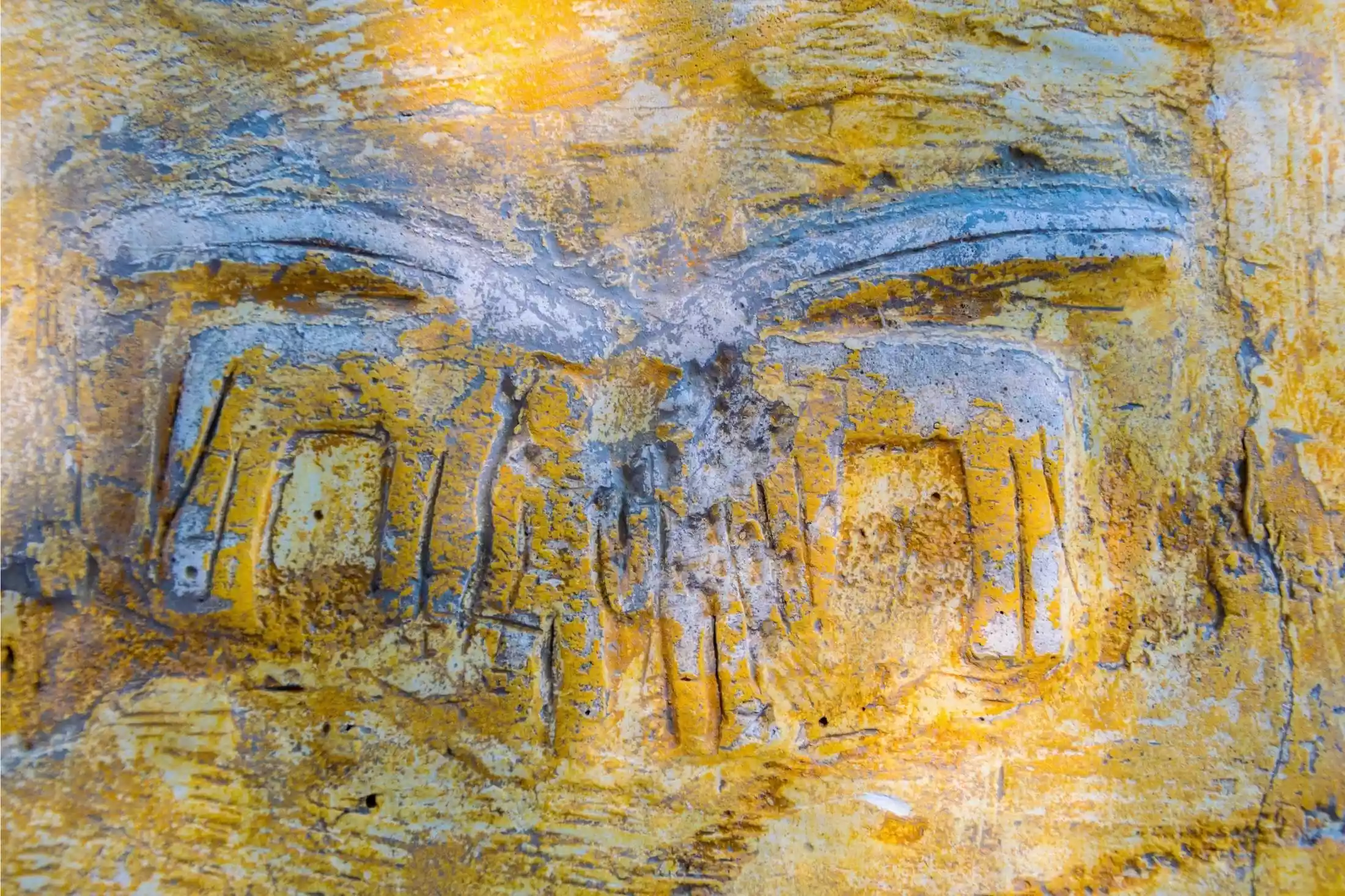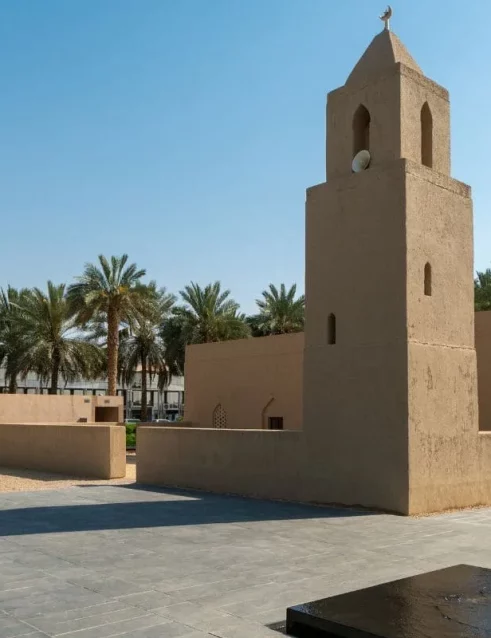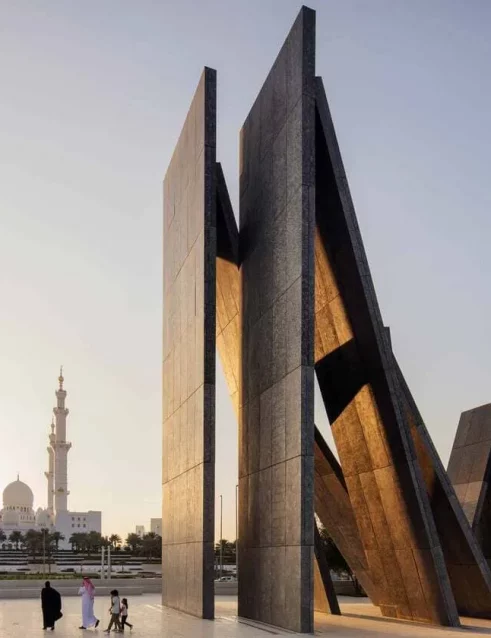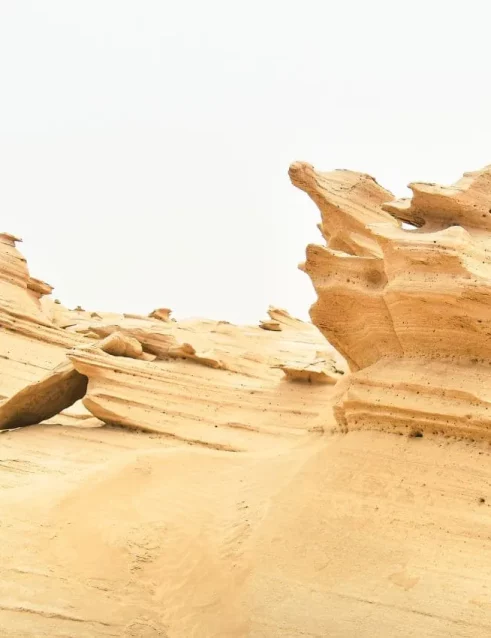Hili Archaeological Site

A Portal to the Past
The Hili Archaeological Site is part of the larger area of Al Ain, known for its lush oases and historical significance. It was first excavated in the 1960s, revealing a complex of ancient tombs, settlements, and agricultural infrastructures that date back to the 3rd millennium BCE. This period, known as the Umm an-Nar Culture, was crucial in the development of early Arabian societies, with Hili playing a significant role in the region’s trade, agriculture, and social structure.
Discoveries at Hili
Among the site’s most remarkable findings are the grandiose tombs, which underscore the community’s elaborate burial practices and beliefs in the afterlife. The most famous of these is the Great Hili Tomb, with its iconic circular structure and intricate carvings that depict scenes of animals and daily life. This tomb, like others in the site, was used for communal burials, indicating a strong sense of community and collective memory among the ancient inhabitants.
The site also unveiled remnants of ancient houses, indicating a well-established settlement. These homes were built with mud-brick and stone, designed to keep inhabitants cool in the desert heat. Nearby, the discovery of an ancient falaj system – a traditional Arabian irrigation method – highlights the ingenuity of these early settlers in harnessing the scarce water resources to cultivate the arid land.

The Archaeological Park
Today, the Hili Archaeological Site is not just a place for excavation and study; it has been transformed into an archaeological park, making it accessible to the public. Visitors can wander among the ruins, marvel at the ancient craftsmanship, and learn about the site’s history through informative plaques and displays. The park’s design integrates the archaeological findings with the natural beauty of the surrounding area, featuring lush gardens and pathways that invite exploration and reflection.

Significance and Preservation
The Hili Archaeological Site’s significance extends beyond its historical and cultural value; it stands as a symbol of the UAE’s commitment to preserving its archaeological heritage. It showcases the deep roots of human civilization in the Arabian Peninsula and contributes to our understanding of the region’s pre-Islamic history. The site’s inclusion in the Al Ain UNESCO World Heritage Sites list further underscores its global importance and the ongoing efforts to protect and study this window into the past.

The Hili Archaeological Site offers a unique journey through time, revealing the complexity and richness of ancient Arabian societies. Its tombs, houses, and agricultural systems tell a story of a people deeply connected to their environment, innovating and adapting to thrive in the desert landscape. For visitors to the UAE, a trip to Hili is not just a historical excursion; it’s an opportunity to connect with the land’s ancient past and appreciate the continuity of human ingenuity and spirit. Whether you’re a history enthusiast, a curious traveler, or someone seeking to understand the roots of Arabian culture, the Hili Archaeological Site awaits to unveil its secrets.










